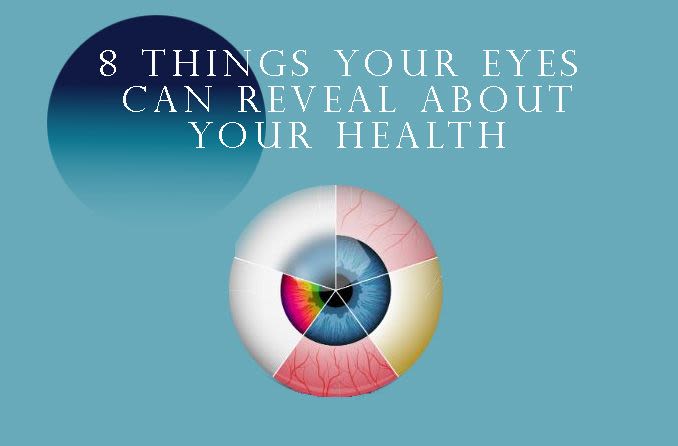Are certain eye diseases linked to blood type?
There are no recent studies that have found conclusive evidence linking a person’s blood type with specific eye conditions. However, past and current research has found an association between blood types and certain health conditions that have implications for the eyes.
The interest in finding a link between eye disease and blood type dates back many decades. One study from the 1980s suggested that there may be an association between certain eye conditions and particular blood types. The study proposed that people with blood Type A had higher risk of cataract, corneal dystrophy and esotropia. But, to date, no additional research has confirmed the result of this study.
The renewed interest in the association between disease risk and blood type may have been sparked by early reports that suggested a link between blood type and risk and severity of illness from COVID-19. The most recent consensus is that there is no clear relationship between blood type and COVID-19 risk.







